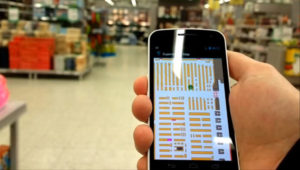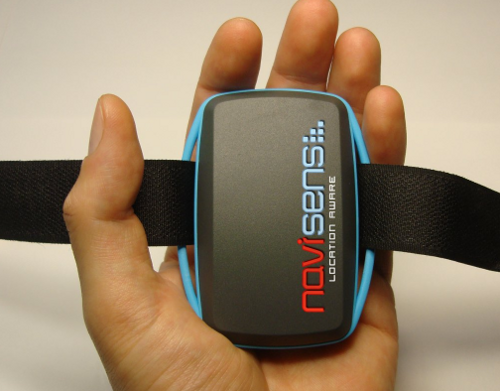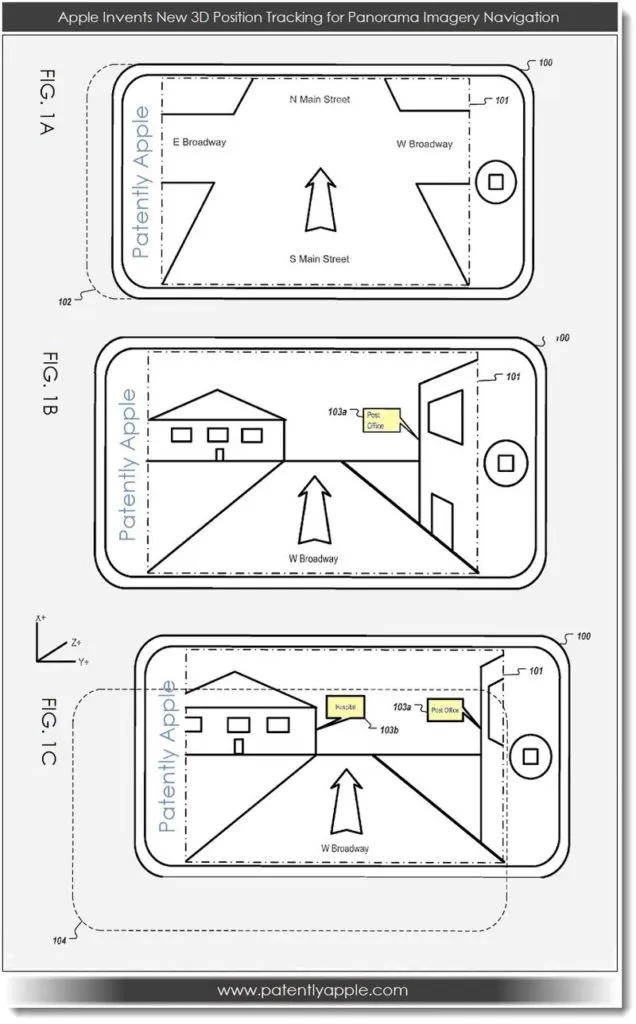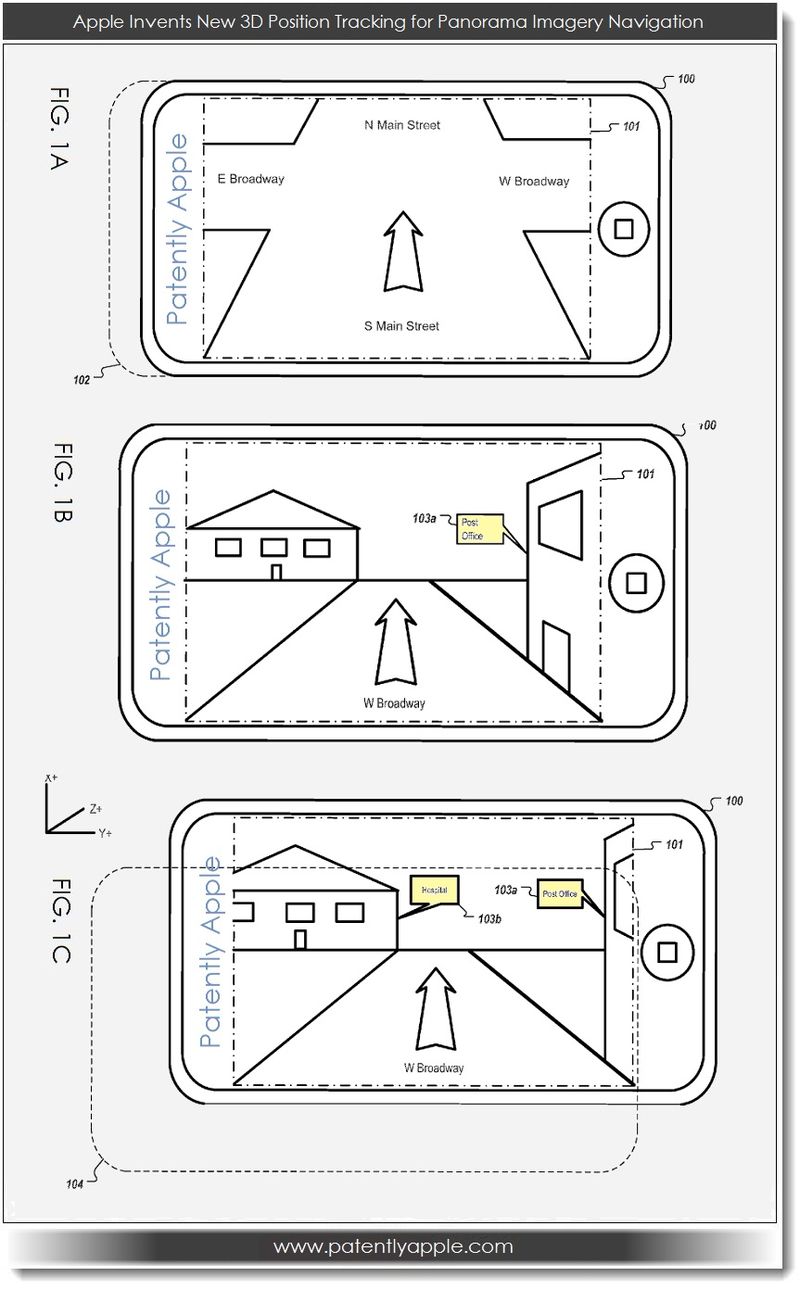
Startup Navisens Promises Indoor Navigation Using Just Motion Sensors And Math
Everyone in the industry says the indoor location is the next big thing… Imagine location-based marketing inside shopping malls, supermarkets… imagine never searching for stuff in IKEA any more;), imagine always finding your way in an underground parking, airport, office building… ast week Apple paid $20m for WiFiSlam indoor location startup , so there really big buck evolved. Almost all tech universities I know and many companies are competing or cooperating to develop the best solution. Common methods for indoor location tracking include using Wi-Fi or bluetooth hotspots or cell-tower locations, but these aren’t exceptionally accurate and usually depend on existing wireless infrastructure. There are some trials with accelerometer based technologies that are based on Earth’s magnetic field. L
What they do?
 Australian startup Navisens says it has technology different from anything you’ve ever heard before. They say they can locate people and mobile devices with zero infrastructure. No WiFi. No GPS. No reference nodes. Guys from Navisens says they are using an approach known as “inertial navigation”, modified from military and industrial applications. Navisens’ algorithms process raw data captured using low-cost motion sensors on smartphones and other devices and can give position with accuracy less than one metre.
Australian startup Navisens says it has technology different from anything you’ve ever heard before. They say they can locate people and mobile devices with zero infrastructure. No WiFi. No GPS. No reference nodes. Guys from Navisens says they are using an approach known as “inertial navigation”, modified from military and industrial applications. Navisens’ algorithms process raw data captured using low-cost motion sensors on smartphones and other devices and can give position with accuracy less than one metre.
How they do it?
How is it possible knowing that WiFi-based systems only detect location within two metres? High resolution is achieved by measuring motion rather than radio frequency signals as wifi does, and is based on where and how the person moves through an environment over time. Navisens claims it can trace where a person is heading, the direction they are facing (to an accuracy of 1cm), track if a person turns a corner, moves slow or fast, walks upstairs or downstairs. Navisens also knows if you have stopped moving.
Navisens API?
But of course the reality is not that beautiful and simple. Navisens API is still not available for app developers (it is supposed to be this year), but since regular mobile accelerometers aren’t top sensitivity it might need to be actually integrated with some other positioning technologies. And actually there is nothing wrong about it – all outdoor positioning technologies are in fact hybrids.
But for now, Navisens has developed some sample devices that are targeted towards emergency applications with some ongoing trials with firefighters. The device is small unit composed of three accelerometers and three gyroscopes mounted on three different axes that captures information about its acceleration and angular rotation, and a small computer tat uses algorithms to determine location, current direction, and the wearer’s position. A recorded path is wirelessly transmitted to a USB dongle connected to a remote computer, where another person can be monitoring the wearer’s movements (often, this monitoring is currently done by radio).
Effect?
There are so many indoor technologies around and none of them seems to be actually working with smartphone. I believe that it might be too difficult to implement it as a standalone API, but probably in a few years Apple, Google, Samsung or Nokia will buy Navisens and use it to correct WiFi positioning which starts to be the industry standard and the industry surely needs breaking innovations. Good job Navisens.
Check you the video from presentation describing the technology (13 min long):
source: MIT Review









